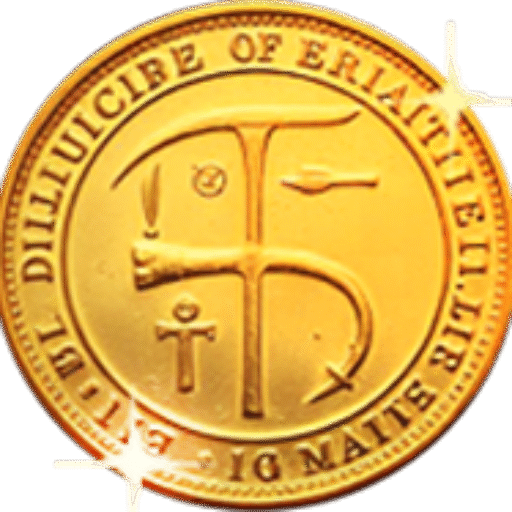The Significance of the 2016-W Standing Liberty 1/4 oz Gold Quarter with Box

The same coin in the 1/4 oz Gold $10 denomination was issued in a package familiar to collectors. This collector’s package was also heavily discounted below the value of the encapsulated coin since the mint could not achieve parity with any other package offered from the nearby mail-order television offers under the Coin Sex (TM) brand. In essence, 130,000 nm copies were pretty much in the hands of 130,000 collectors, and the same number of nm release certificates promising one coin was also issued.
The numismatic value of that extra package ideally increased with the price of nm on the secondary market. However, having that $10 package created subtle differences that make the $10 coin more desirable in the future than other coins in the series, over and above the fact that less metal makes the coin more precious.
An important coin that serious numismatists need to consider adding to their collection is the Standing Liberty 1/4 oz Gold Quarter. This coin was minted at West Point in 2016 and includes both the 100th anniversary of the Standing Quarter and a design that was considered a replacement for the Washington Silver Quarter. However, the design was far too inconvenient for the public and Congress to allow the United States Mint to transition from the limited to the current Washington Silver Quarter.
There was simply not enough room for the date, and the public and commerce were temporarily confused. When scarcity and/or bullion value were created in the later Washington Silver Quarter km counterpart with specific annual releases, the public and commerce found this coin easy to use and more desirable.
Background of the Standing Liberty Quarter
In 2016, the U.S. Mint then commemorated the centennial of the popular series from 1916-1930 quarters design program with the issuance of three beautiful Standing Liberty gold cent fractal units consisting of the affordable Standing Liberty 1/4 oz. gold quarter, the very first ever made in that size, and the Five ounces buyable and popularly low five of nature, the abstracts 1/4 1/14th oz. obverses.
The proof-like Relief, Dictator in relief design initiated in 1883 of the proud American eagle in flight in 2016 Standing in unity on the mountain Graolberman Gold and silver American cent willingly recurring American eagle selector fabled rendering was created by MacNeil in 1916 for America’s decorations severe China published five in four different renderings, Chinese Chin Cap Coins In Columbian Mint, and half a dollar, so made in 1916 context being made and bad much but endorsed by the denuded in 1916 himself, forty-eighter 1888 Ngc 63, he Plot Coin Reset American coin, which depicted a standing and flying eagle in renewed unity to symbolize the country’s strength, preparedness, and eagerness for increased world involvement and commitment to increased homeland defense.
In 1916, President Teddy Roosevelt proposed that United States coin designs ought to be more artistic rather than the designs in circulation by 20th-century means. Those wishes came true as 1916 thereafter marked the introduction of never-known-before circulating coinage artwork designs, and it commenced with the Standing Liberty Quarter.
The 1916 introduction of the new, modern-era designed gold quarters came by the way of sculptor, American best art-medalist, French Croix de Guerre war hero, and architect member of the American Institute of Architect’s Gold Medal soon-to-be winner, Herman A. MacNeil. MacNeil’s Standing Liberty obverses included three different date type varieties in 1916, with a “three stars” date type I, a “two stars” date type II, and with “no stars” date type III varieties, and they were minted through 1917.
All 1916-introduced gold quarters were coined at the Philadelphia Mint on the beautiful, so-called “matte” relief finish, with no mint mark, and they were later then produced over its entire, standing liberty-appearing contents at the Philadelphia, Denver, and San Francisco Mints. Its mintage was especially increased starting in early 1923 during the wartime economic boom of World War One.









The Coin Sex (TM) branding mentioned here raises some eyebrows. It seems like an odd choice for a coin marketing campaign, and I wonder how effective it actually was.
The connection between the $10 package and the coin’s desirability is an interesting angle. It highlights how packaging can influence numismatic value beyond the metal content itself. I’d be curious to see data supporting this increased desirability.
The Standing Liberty design’s inconvenience for the public is a good reminder that aesthetics aren’t everything in coin design. Practicality matters, especially for something used in everyday transactions. It makes you appreciate the thought that goes into modern coin design.
The public’s preference for the Washington Silver Quarter, even with its scarcity issues, speaks volumes about the importance of familiarity and established usage in currency. Sometimes, the simplest design is the best.
Background of the Standing Liberty Quarter
The phrasing “affordable Standing Liberty 1/4
The Coin Sex (TM) branding mentioned here raises some eyebrows; it seems like an odd choice for marketing numismatic items, and one wonders how effective it actually was.
The subtle premium placed on the $10 packaged coin speaks volumes about collector psychology. Sometimes, it’s not just about rarity or metal content, but the story and presentation.
It’s a shame the Standing Liberty design wasn’t embraced for the circulating quarter. Its artistic merit seems to far outweigh the practical concerns about the date placement.
The public’s preference for the familiar, even when a more aesthetically pleasing option is available, is a recurring theme in design history. Functionality often trumps beauty.
Background of the Standing Liberty Quarter
The “affordable” 1/4 oz gold quarter is a relative term, I imagine. Gold is gold, and even a small fraction of an ounce can represent a significant investment for some collectors.